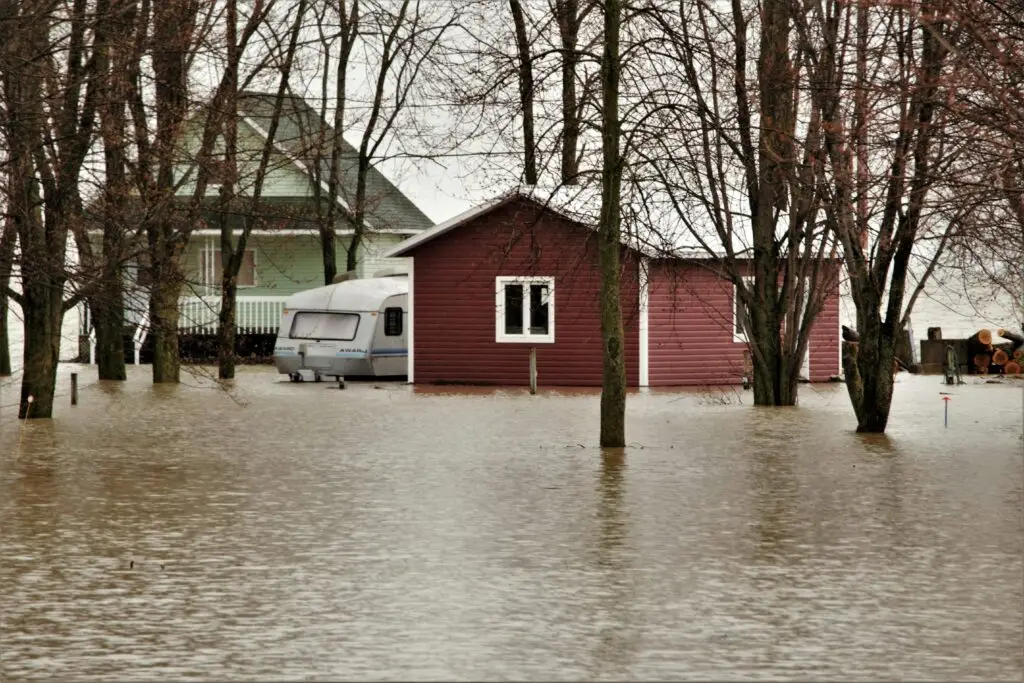Understanding Water Damage: Causes and Effects
Water damage can occur from various sources, including heavy rainfall, plumbing failures, and natural disasters like floods. Understanding these causes is crucial for homeowners to recognize the signs of water intrusion early and take appropriate action.
The effects of water damage can be extensive, leading to structural issues, mold growth, and compromised indoor air quality. For instance, a small leak in a roof can lead to significant damage if not addressed promptly, emphasizing the importance of regular inspections and maintenance.
Emergency Water Removal: Key Steps to Take
When faced with flooding, the first step is to ensure safety and then initiate emergency water removal. This process involves shutting off electricity, moving valuables to higher ground, and using pumps and vacuums to extract standing water quickly.
After the initial removal, it's essential to dry out the affected areas thoroughly to prevent mold growth. This may involve using dehumidifiers and fans, as well as removing saturated materials such as carpets and drywall to facilitate effective drying.
Restoration Services: What to Expect
Restoration services typically include a comprehensive assessment of the damage, water extraction, drying, and repairs. Homeowners can expect a detailed plan from professionals outlining the steps needed to restore their property to its pre-damage condition.
In addition to physical repairs, restoration services often include guidance on dealing with insurance claims. This support can help homeowners navigate the complexities of filing claims for water damage, ensuring they receive the necessary financial assistance for repairs.
Mold Remediation: Prevention and Treatment
Mold growth is a common consequence of water damage, making timely remediation essential. Homeowners should be aware of the signs of mold, such as a musty odor or visible growth, which can indicate underlying moisture issues.
Effective mold remediation involves not only removing the visible mold but also addressing the moisture source to prevent recurrence. This may include repairing leaks, improving ventilation, and using specialized treatments to ensure that mold does not return after the restoration process.

